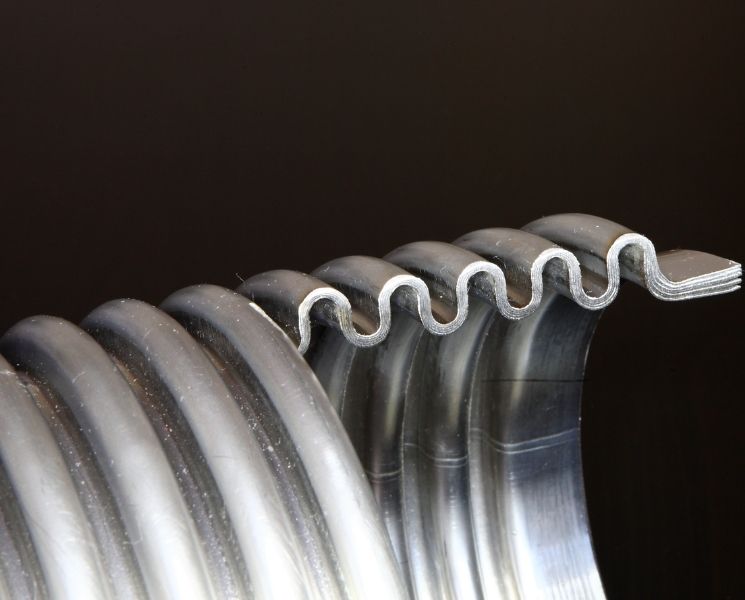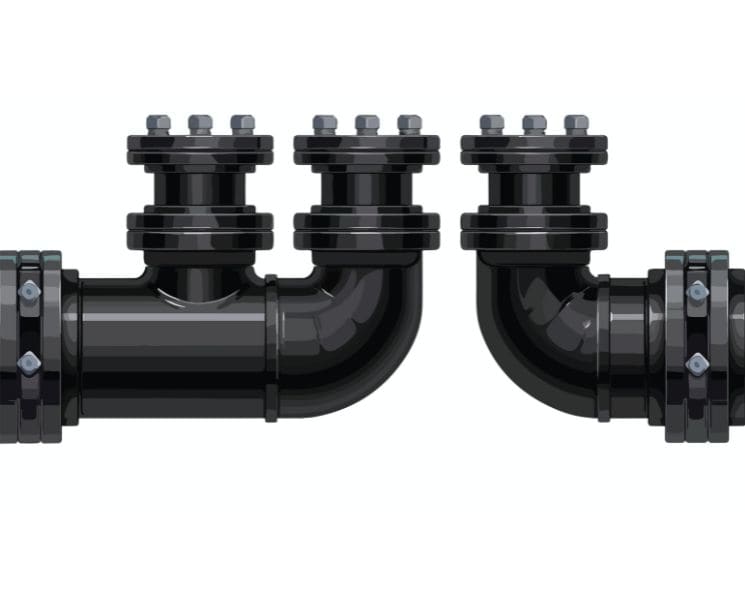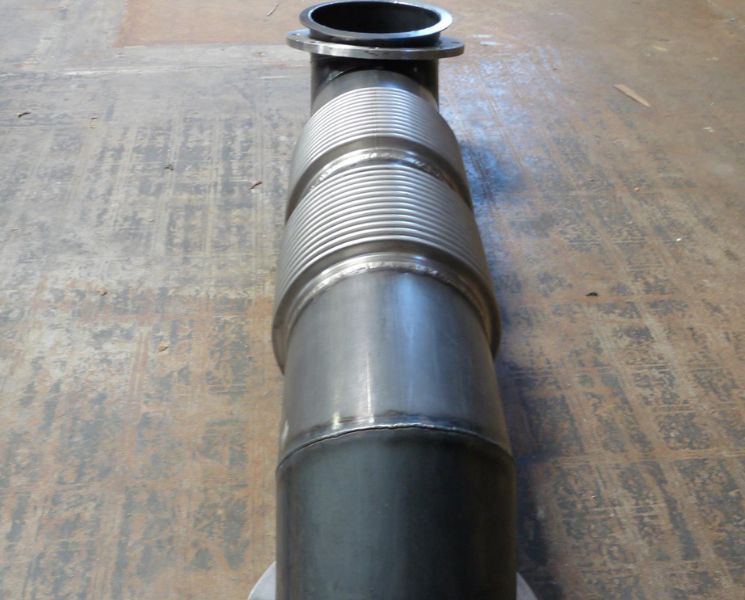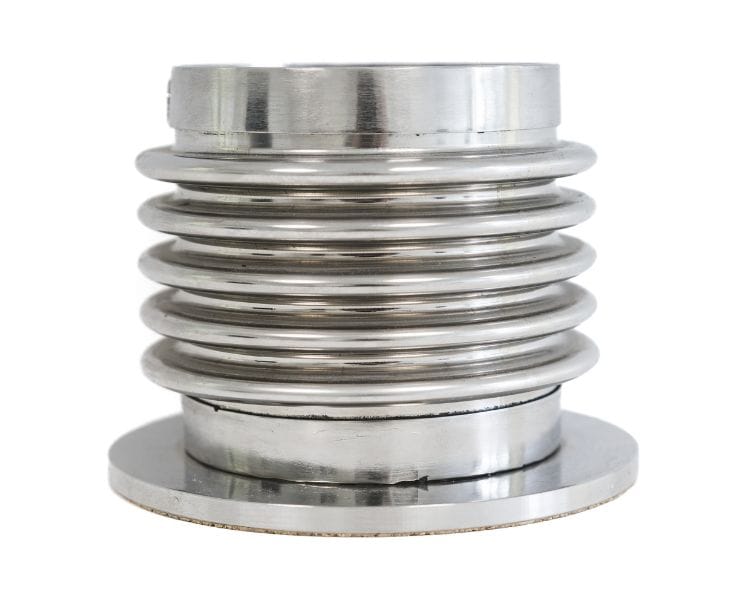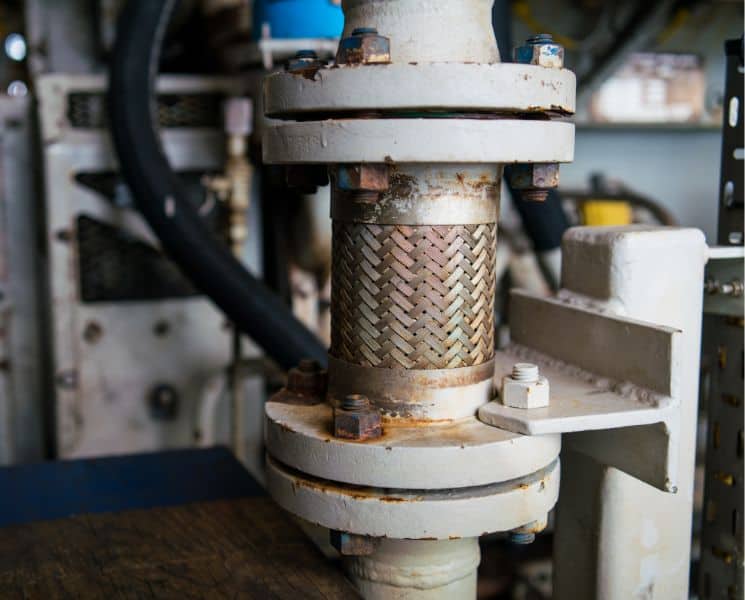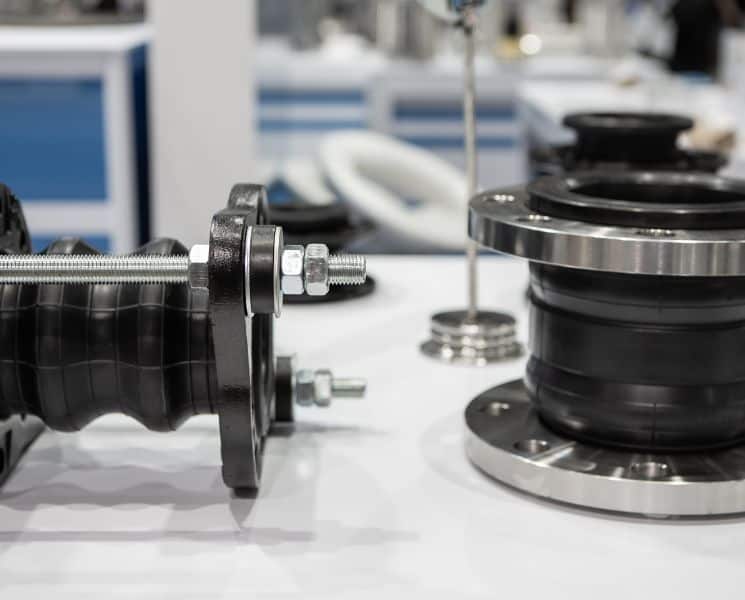If you have expansion joints in your piping or exhaust system, you might be wondering how their cycles work. Essentially, a cycle is the position movements that an expansion joint goes through as it performs. The number of predicted cycles that metal bellows can perform is the lifespan.
Learn how expansion joint metal bellows cycles work to understand in detail the function of this ubiquitous industrial device.
Design
Primarily, two engineers play essential roles in the cycle of metal bellows: the design and plant engineers. The design engineer creates and improves manufacturing processes while plant engineers coordinate manufacturing within industrial plants.
During the design process, the design engineer creates the piece with specific operating conditions in mind. Then, knowing the specifications and life cycles of a particular expansion joint, a plant engineer chooses the bellows with the life cycle that best suits their application while keeping factors like cost, efficiency, and reliability in mind.
Position Movements
When an expansion joint connects two ducts, the ends shift as the gases flowing cause expansion within the ductwork, usually due to increased temperatures. The joints absorb vibration with movement.
The movement can occur in any direction or a combination of these directions:
- Compression — the joint is squeezed, moving the ends closer to one another
- Axial — the bellows stretch lengthwise
- Lateral — the expansion joint moves from side to side
Initially, the bellows begin at one position, then shifts into another place that applies stress to the joint, and finally returns to the starting position. Typically, after temperatures lower, the joint returns to this position—one example is when the plant undergoes downtime for maintenance.
Life Cycle
Essentially, the position movements of expansion joints are the life cycle. Every cycle the expansion joint goes through, it becomes slightly weaker—the metal begins to lose its original shape and will need repair or replacement. You can break it down into three stages: initial, operating, and return to initial.
When the design engineer creates a metal bellows, they also determine an estimated life cycle. Usually, life cycles begin at 1,000 and go up from there.
A plant engineer must consider the expected life cycle when determining if a bellows suits their industrial application. Understanding how expansion joint metal bellows cycles work is an integral part of this decision.
If you’re looking for dependable metal bellows manufacturers for your industrial or manufacturing plant, contact Triad Bellows!

